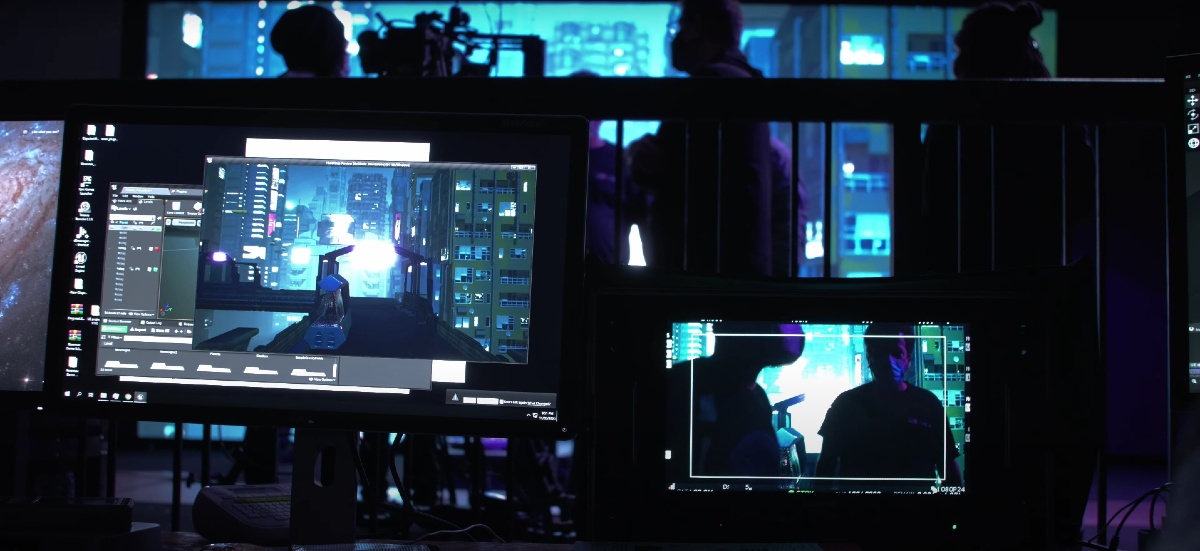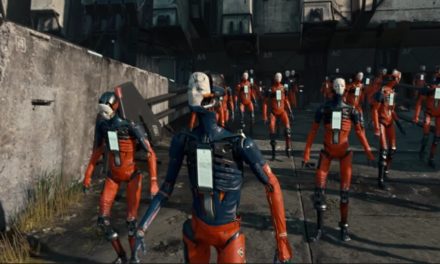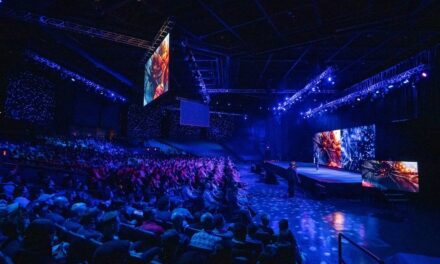Reality: It Comes For Us All
There’s no doubt about it, virtual production is a bonafide gamechanger. Being able to instantly change environments and have a camera track them in real time opens up a Pandora’s box (in a good way) of new opportunities for filmmakers. But as with all cutting edge technology, there are still some kinks to work out. Lucky for us, the creatives leading the charge are all over it. What, you ask, are some of these challenges? Well, it really boils down to one thing: reality.
Unreal Engine and the other technologies used to create these impressive virtual backgrounds do really well when creating highly stylized environments, partly because there are plenty of assets floating around on the web, but also because lighting in them doesn’t have to match anything that actually exists. It’s pure creation.
When trying to create a naturalistic, photoreal environment audiences are very familiar with, like the great outdoors, a classroom, even a living room, it’s a steeper hill to climb because subconsciously we’re all deploy acquainted with what those environments look and feel like. The way practical lighting (the actual lighting units on the stage) interacts both with the actors and the environment is largely what helps sell the illusion. In a dystopian cyberpunk environment, the filmmakers have more freedom to make it up. But getting the same sunset gradient on that’s the virtual background to match the lighting on the actors face, and then getting both of those elements to move synchronously is a challenge artists and technicians are still working to overcome.
Recreating artificially the way light looks in nature is a challenge artists have undertaken since the time of the great master painters and continues to this day. Once we’re able to control the behavior of light between the virtual and practical environments and connect that interaction to the camera the illusion will be complete.
How VP XR actually works
7:30 – Process of designing bgs
8:19 – Lighting/props for photoreal feel
10:09 – Doing photoreal, less stylized, more naturalistic
11:30 – What it gives you that greenscreen doesn’t
12:20 – Doing it on a home scale – iPhone, projector, UE
Relevant mentions from the video:
Doug Guerra – B&H Photo Video Pro Audio
Yves Wilson – Director of Photography
Michel Suissa – Managing Director, The Studio – B&H
Bryan Dodson – CEO & CTO, Choreografx Inc.
Elijah Diaz – Director, 3 Bars Media
Eric Chang – Director
Gear Used
– ARRI ALEXA LF Pro Camera Set
– ARRI 45-135mm T2.8 Signature Zoom Lens
– ARRI 65-300mm T2.8 Signature Zoom Lens





